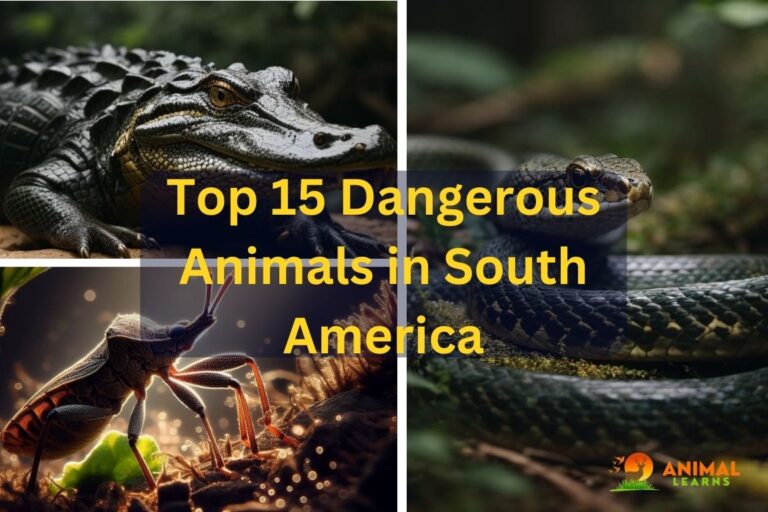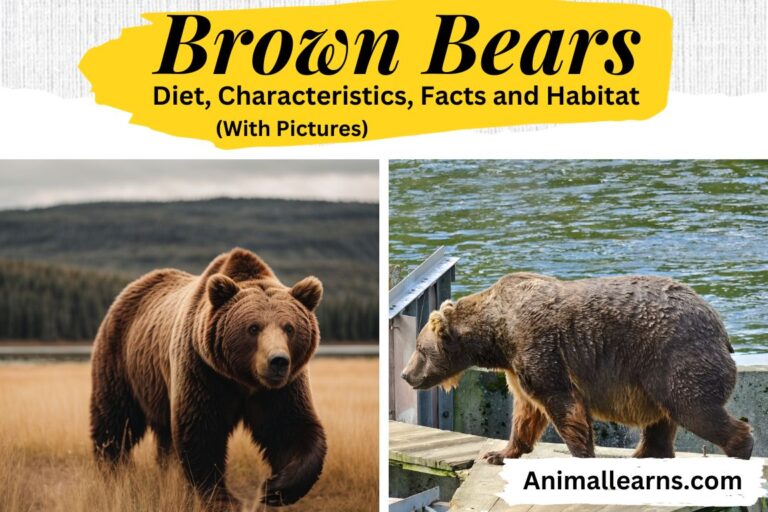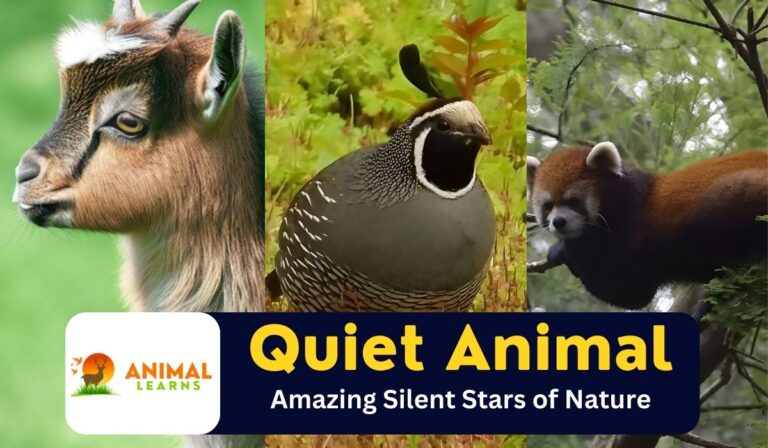Baleen Whales | Types, Diet, Facts – Animallearns
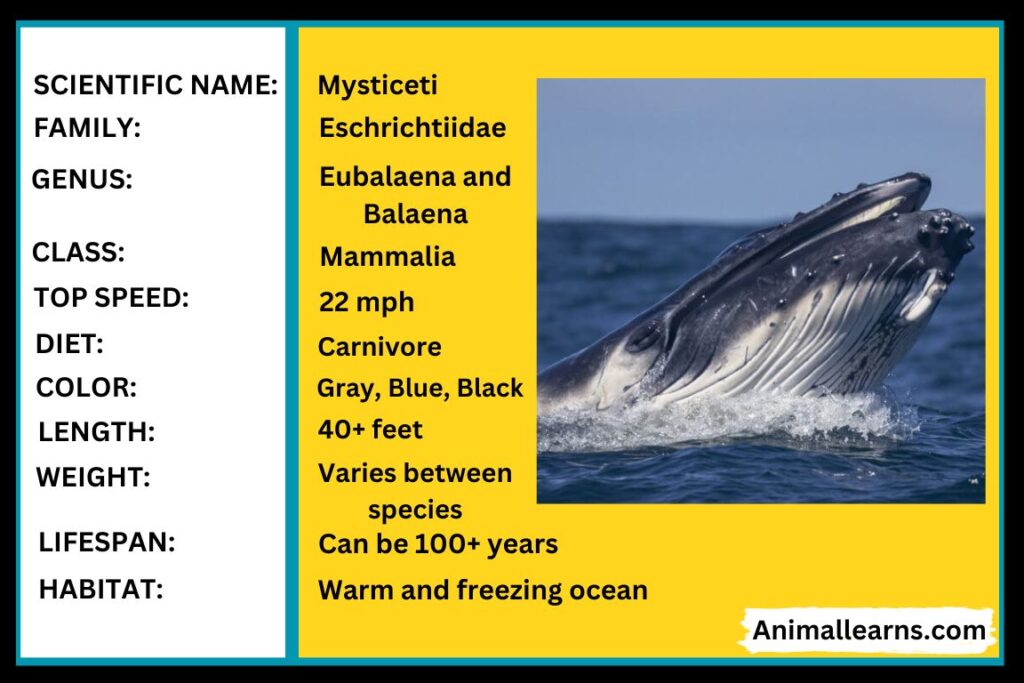
Baleen whales are special ocean animals. They have baleen plates in their mouths instead of teeth. They use these plates like filters to catch small prey from the water.
Although they have the ability to reach lengths of up to 30 meters (90 feet), they are mostly supported by microscopic krill, zooplankton, and small fish. These whales belong to the baleen order. Baleen whales do not have teeth, in contrast to toothed whales. Rather, these gentle giants catch and eat their little prey by using baleen plates on their lips.
There are fourteen species of baleen whales, which include the gray, blue, humpback, bowhead, and right whales. With the exception of the sperm whale, which is a very large toothed whale, baleen whales are typically larger than toothed whales.
Every year, a large number of baleen whales migrate, covering great distances from warm-water breeding grounds to cold-water feeding grounds.
Appearance
Contents
- 1 Appearance
- 2 Characteristics
- 3 Habitat and Distribution
- 4 Behavior and Lifestyle
- 5 Population
- 6 Interesting Facts about Baleen Whales
- 7 What Do Baleen Whales Eat?
- 8 Types of Baleen Whales
- 9 Why do baleen whales migrate?
- 10 How baleen whales swim?
- 11 Baleen Whales: The Gentle Filter Feeders
- 12 Baleen Whales and Echolocation: An Unusual Absence
- 13 Conclusion
- 14 FAQs

The bulk of whales, though there are over a dozen species to name, are either black or grey in color, though others, like the blue whale, have more blue-grey skin.
This family of mammals frequently exhibits countershading, in which the whale’s belly is typically lighter in color than its top, keeping it hidden. Every breed is a little bit different; some have asymmetrical markings, while others have black fins.
In addition, algae, barnacles, and parasites might have an effect on them. Whales can swim and maneuver their body thanks to their pectoral flippers, which can make up as much as one-third of their overall length.
At least three species lack dorsal fins altogether, despite the fact that numerous species have them. Their skin is only 0.3 inches thick, and their hairless bodies enable them to swim.
The “teeth” of the baleen whale, which are actually keratin-based plates extending from the gums of the upper jaw, are its most recognizable characteristic. The teeth, which are arranged in rows, are known as baleen. Depending on the species, they could be white, black, or any color in between.
Baleen whales have a maximum length of 102 feet and a maximum weight of 210 short tons. They have blubber, a thick covering of fat, on their bodies.
Characteristics
- The largest mammal on Earth, the baleen whale, can grow to a length of more than 100 feet.
They swim with surprising elegance and agility considering their massive size. - They effectively filter microscopic food, like as krill and plankton, in their mouths using specialized baleen plates.
- They are able to eat a lot while conserving energy thanks to this feeding technique.
- For communicating, locating mates, and finding food, some baleen whales, like humpbacks, make complex songs that may travel enormous distances.
- They travel great distances between feeding and mating grounds, displaying excellent navigational abilities.
- They have an exceptional sense of direction, which allows them to travel across huge oceanic expanses.
- These are fascinating and deserving of conservation efforts because of their unique characteristics and behavior.
Habitat and Distribution
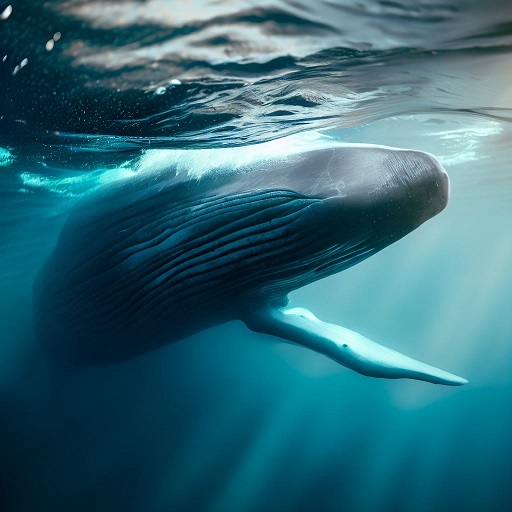
These are amazing animals that can live in many different parts of the world’s oceans, from the icy poles to the warm tropics. They are always on the move, following their food and looking for mates. They eat tiny creatures like krill, which they filter out of the water with their special teeth called baleen.
These are some of the largest and most beautiful animals on Earth, and they need our help to protect them from threats like pollution, overfishing, and climate change. Here are some examples of where you can find baleen-whales and how they adapt to their environments:
- Blue whales: These are the biggest animals ever to live on Earth, weighing up to 210 tons and measuring up to 102 feet long. They can be found in all oceans, but they prefer cooler waters where they can find plenty of krill. They migrate between their feeding grounds in high latitudes and their breeding grounds in low latitudes. You can see blue whales off the coast of California, where they feed on huge swarms of krill in the summer.
- Humpback whales: These are the acrobats of the sea, known for their spectacular leaps and songs. They can be found in all oceans, but they tend to stay near the coast where they can find more food. They migrate between their feeding grounds in polar regions and their breeding grounds in tropical and subtropical regions. You can see humpback whales in Hawaii, where they mate and give birth in the winter.
- Right whales: These are the most endangered of all whales, with only about 400 individuals left in the North Atlantic. They can be found in temperate and subpolar waters of both hemispheres, but they are very rare in the Pacific. They do not migrate very far, but they move between their feeding grounds in cold waters and their calving grounds in warmer waters. You can see right whales in the Gulf of Mexico, where they gather to have their babies in the spring.
Behavior and Lifestyle
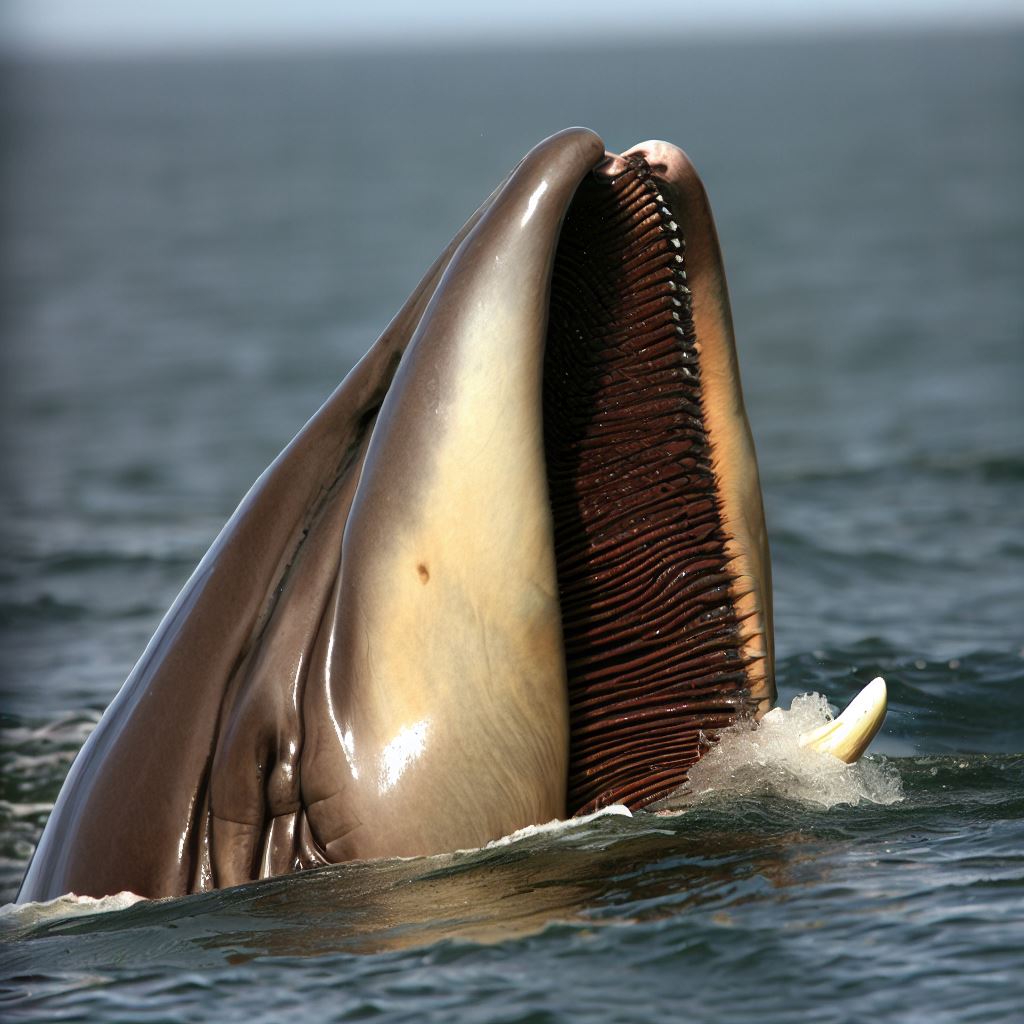
They are usually very peaceful and quiet, living alone or in small groups, but sometimes they join bigger groups when they travel or look for food. Their food is very important to them, and they have different ways of finding and catching it. Some of them work together to make bubbles that trap their prey, while others open their mouths wide and swallow a lot of water and food at once.
One of the most amazing things about them is their songs, which are made by humpback whales. These songs are very long and complex, and they can be heard for miles in the water. They use these songs to talk to each other, to find mates, or to find their way. They are also very playful and active, and they like to show off their skills.
They can jump out of the water, poke their heads out, or slap their tails on the surface. They do these things for different reasons, such as saying hello, having fun, or getting rid of bugs. These are very interesting and wonderful creatures that we can learn a lot from and enjoy watching in their natural habitat.
Population
These are amazing animals that need our help to survive in the ocean. They used to be hunted a lot by people who wanted their meat, oil, and bones. This made their numbers go down very fast and put them in danger of disappearing. Luckily, many people realized that this was wrong and stopped hunting them.
They also started to protect themselves and their homes in the ocean. Because of this, some baleen whales have been able to recover and grow their numbers again. But not all of them are doing well. Some of them are still very rare and at risk of going extinct. The situation of whales is different for each kind and each place.
We need to keep watching and studying them to find out how they are doing, where they are going, and what they need. We also need to be careful about things like climate change and pollution that can harm them and their food. By doing these things, we can make sure that whales can live happily and healthily in our oceans for a long time.
Interesting Facts about Baleen Whales

These are amazing animals that have a long and rich history in the ocean. They have many features and abilities that make them stand out among the marine life. Here are some of the most interesting facts about them:
- They are very old: Baleen are one of the oldest types of whales, with their ancestors dating back to about 30 million years ago. They have seen many changes in the ocean and the world over time.
- They are very big: The blue whale, a kind of baleen whale, is the biggest animal that ever lived on Earth, bigger than any dinosaur. Their tongues alone can weigh as much as an elephant!
- They have huge hearts: These have very big hearts that pump a lot of blood into their bodies. The heart of a blue whale can be as big as a small car, making it one of the biggest organs in the animal kingdom.
- They live long: These gentle giants can live for a very long time. Some of them can live for more than 70 years, while others, like the bowhead whales, can live for over 200 years, making them one of the longest-lived mammals.
- They sing beautifully: These are known for their lovely and complex songs. Humpback whales, especially, are famous for their long and haunting songs, which they use to talk to each other, to find mates, or to find their way.
- They eat efficiently: The baleen plates in their mouths help them catch a lot of food in a short time. They filter out tiny creatures like krill and plankton from the water with their baleen. They can eat thousands of pounds of food in a single day, even though they are so big.
- They help protect the ocean: They have played an important role in raising awareness about the need to conserve the ocean and its life. Their beauty and charisma have inspired many people to care about them and their home in the ocean.
- They travel far: Many whales go on some of the longest journeys in the animal kingdom. Gray whales, for example, travel over 12,000 miles between the places where they have babies and where they find food.
- They make the ocean healthy: These whales help keep the ocean in balance by moving nutrients around. Their waste products, which have a lot of nutrients, help make phytoplankton grow. Phytoplankton are tiny plants that make oxygen and food for other animals in the ocean.
- They are important to people: They have been part of many cultures and stories for a long time. Some people have lived off them, some have made art from them, and some have learned from them. They show us how we are connected to these amazing marine mammals.
What Do Baleen Whales Eat?
They eat tiny creatures that live in the ocean, like krill and plankton. These are very small, but very many, and they give them a lot of energy.

They have a clever trick to catch these small creatures. They have baleen plates in their mouths, which are like combs made of hair. They use these plates to filter the food from the water. Here’s how they do it:
- They open their mouths wide and gulp a lot of water that has krill and plankton in it.
- They close their mouths and squeeze the water out through the gaps between the baleen plates. The plates catch the krill and plankton and keep them inside the mouth.
- They use their tongue to move the krill and plankton to the back of their mouth, where they can swallow them.
This is how baleen eat their food. They are very good at it, and they can eat thousands of pounds of food in a day. They are very smart and wonderful creatures that we can admire and learn from.
Types of Baleen Whales
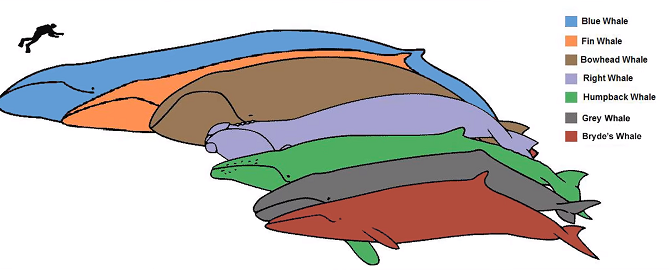
They have a special kind of teeth called baleen, which they use to filter out tiny creatures from the water. Here are some of the most common types of these whales and what makes them special:
- Blue Whale: The blue whale is the biggest animal that ever lived on Earth, bigger than any dinosaur. It can grow up to 100 feet long and has a beautiful blue-gray color. It eats mostly krill, which are small shrimp-like animals. It can be found in all the oceans of the world.
- Fin Whale: The fin whale is the second-biggest baleen whale after the blue whale. It has a sleek body and a unique color pattern on its lower jaw. One side is white and the other side is black. It eats mostly krill and fish and can swim very fast. It can be found in many oceans around the world.
- Bowhead Whale: The bowhead whale is adapted to live in very cold waters near the poles. It has a very big and curved head that it can use to break through ice. It eats mostly zooplankton, which are tiny animals that float in the water. It can live for over 200 years, making it one of the longest-lived mammals. It can be found in the Arctic and sub-Arctic regions.
- Right Whale: There are three kinds of right whales: the North Atlantic right whale, the North Pacific right whale, and the Southern right whale. They have very big heads and baleen plates that hang down from their mouths. They were called right whales because they were easy to hunt by whalers. They are very slow and have a lot of fat. They eat mostly zooplankton and are very rare and endangered. They can be found in temperate and subpolar waters of both hemispheres.
- Humpback Whale: The humpback whale is famous for its long fins and its songs. It can sing very long and complex songs that can be heard for miles in the water. It also likes to jump out of the water and slap its tail on the surface. It can be found in many oceans and travels a lot between its places where it finds food and where it has babies.
- Gray Whale: The gray whale is known for its migrations along the coasts of North America. It has a gray color with white spots and often comes close to the shore. It eats by sucking up mud and sand from the bottom of the ocean and filtering out small animals. It can be found in the Pacific Ocean.
- Minke Whale: The minke whale is one of the smallest baleen whales. It has a pointed snout and can be found in both warm and cold waters. It eats a variety of small animals, including krill and fish. It can be found in many oceans around the world.
- Sei Whale: The sei whale is known for its slender body and its speed. It can swim as fast as 30 miles per hour. It eats mostly krill and can be found in all oceans around the world.
Why do baleen whales migrate?
The baleen whales migrate for a variety of causes, the majority related to calving and babies. The migration to warmer tropical climates is caused by the newborn baleen whales’ lack of a substantial covering of fat or blubber to protect them from the frigid Arctic seas. Additionally, because killer whales can target calves, it is believed that the warmer waters are safer for them.
The baleen whales return to arctic seas in the spring and summer to feed on the abundant plankton blooms. Certain baleen animals, like gray whales, can travel up to 23,000 kilometers from the Arctic to the Baja Peninsula and back again.
How baleen whales swim?
Similar to otters, penguins, and sea turtles, baleen whales have flippers that serve as both a propellant and a steering device. Whales, in contrast to those other animals, have a big rear fluke that they can raise and lower to propel themselves forward. When needed, some whale species have been known to jump out of the water to increase their forward pace.
Baleen Whales: The Gentle Filter Feeders
Baleen Whale Species and Size
Baleen whales encompass various species within the suborder Mysticeti. While species vary in size, they are collectively known for their impressive dimensions. The blue whale, scientifically named Balaenoptera musculus, reigns as the largest animal to have ever lived on Earth, with individuals reaching lengths of up to 100 feet. Other species, like the humpback whale and minke whale, exhibit varying sizes within the baleen whale classification.
Baleen Whale Favorite Food and Diet
They have a penchant for krill and plankton as their preferred food sources. These tiny marine organisms form the cornerstone of their diet. These whales use their unique filtering system, composed of baleen plates, to capture these small prey items from vast quantities of seawater.
This filter-feeding method ensures a nutrient-rich diet that sustains their immense size, emphasizing the critical role that krill and plankton play in the ecology of baleen-whales.
Baleen Whales and Echolocation: An Unusual Absence
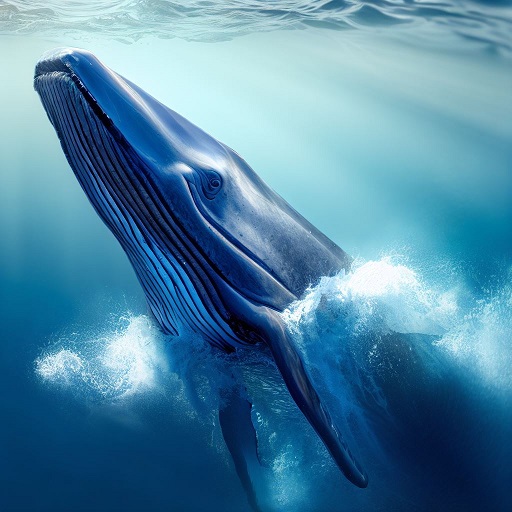
Do Baleen Whales Use Echolocation or Sonar?
Unlike their toothed whale counterparts, they do not use echolocation or sonar as a primary means of navigation or hunting. Echolocation involves emitting sounds and listening for echoes to detect objects and prey underwater. They lack the specialized structures and behaviors associated with echolocation.
Instead, they rely on their baleen plates and filter feeding to extract food efficiently from the water. This absence of echolocation in baleen whale highlights the diversity of sensory adaptations among cetaceans and underscores the unique feeding strategies of these magnificent marine mammals.
Conclusion
Baleen whale is an amazing animals that make us wonder about the beauty and mystery of our oceans. They are the biggest animals on Earth, and they have many special features and skills that help them live in the water. From the huge blue whale to the singing humpback, and the ice-breaking bowhead to the fast fin whale, these animals show us how different and amazing life can be in the ocean.
Baleen whales, with their special teeth that help them filter out tiny food from the water, are very important for keeping the ocean healthy. But they also face many problems, such as pollution, climate change, and human activities.
FAQs
What is the primary diet of baleen whale?
Baleen whales primarily feed on krill and plankton.
Which baleen whale species holds the title of the largest animal on Earth?
The blue whale is the largest animal on Earth.
How do baleen whales feed on their prey?
They use their baleen plates to filter small organisms from the water, expelling excess water after ingestion.
What is the significance of the baleen plates in these whales?
Baleen plates act as a sieve, allowing baleen whales to separate their prey from seawater efficiently.
Where can you find humpback whales during their seasonal migrations?
Humpback whales can be found in various oceans worldwide during their migratory patterns.







